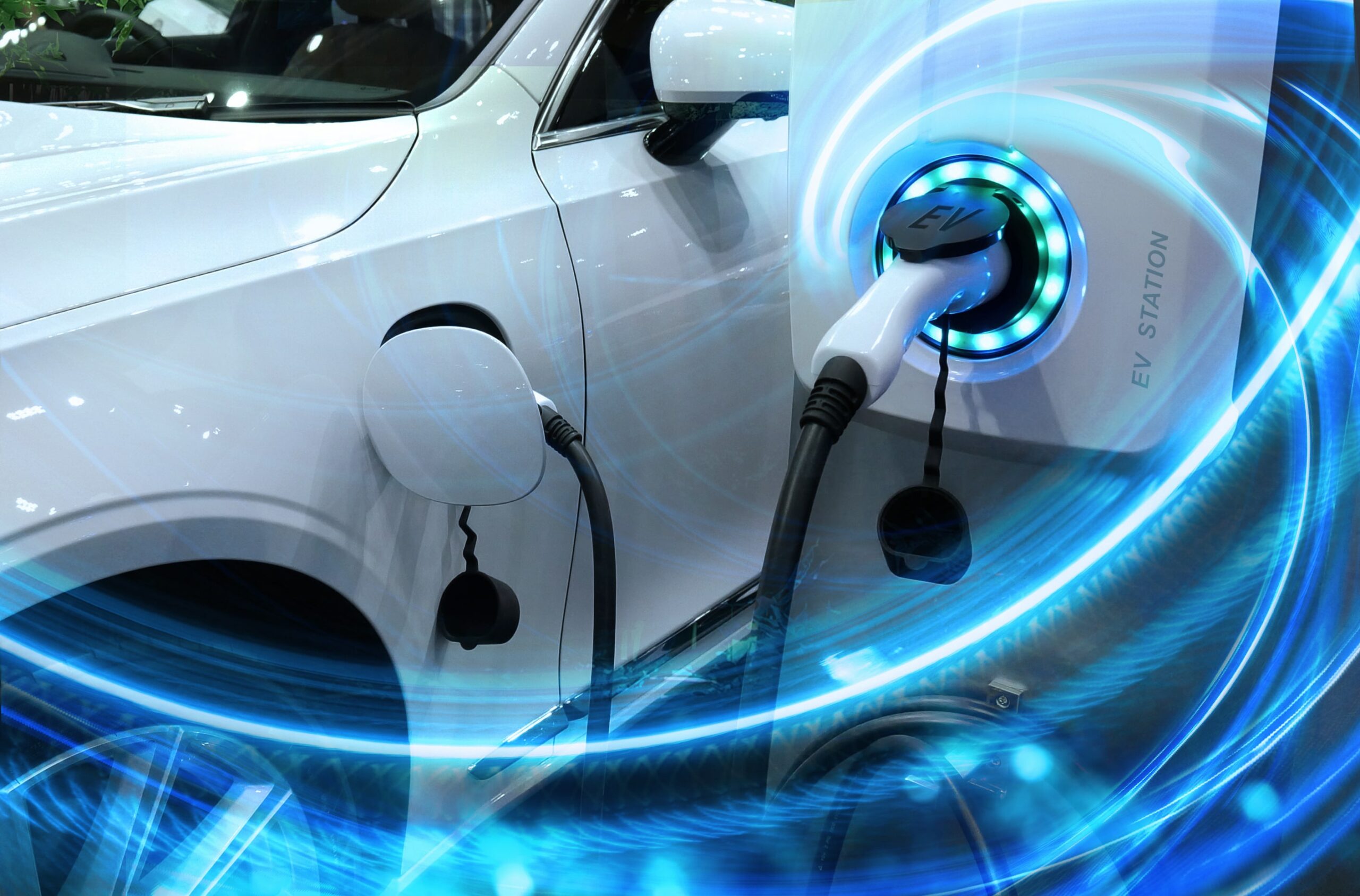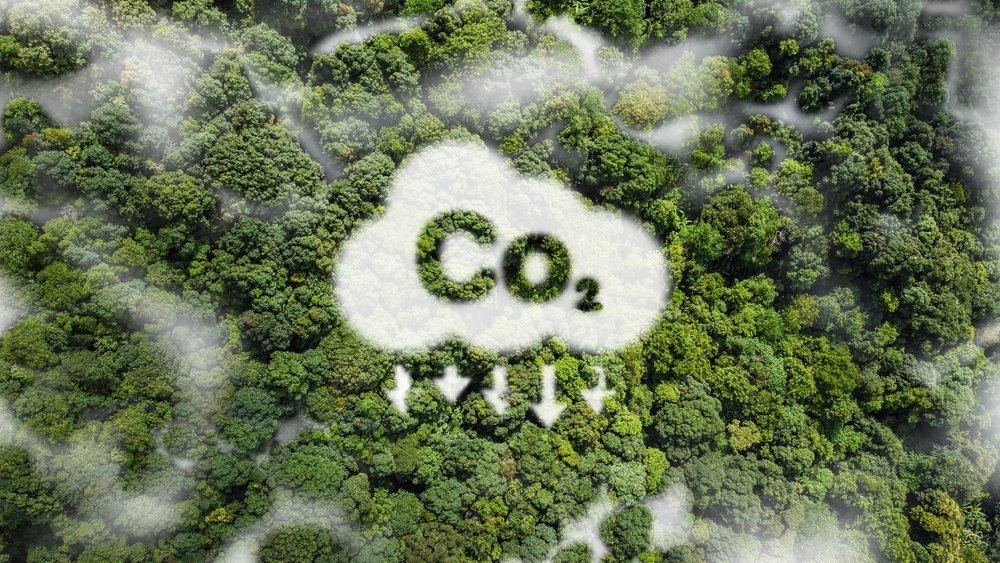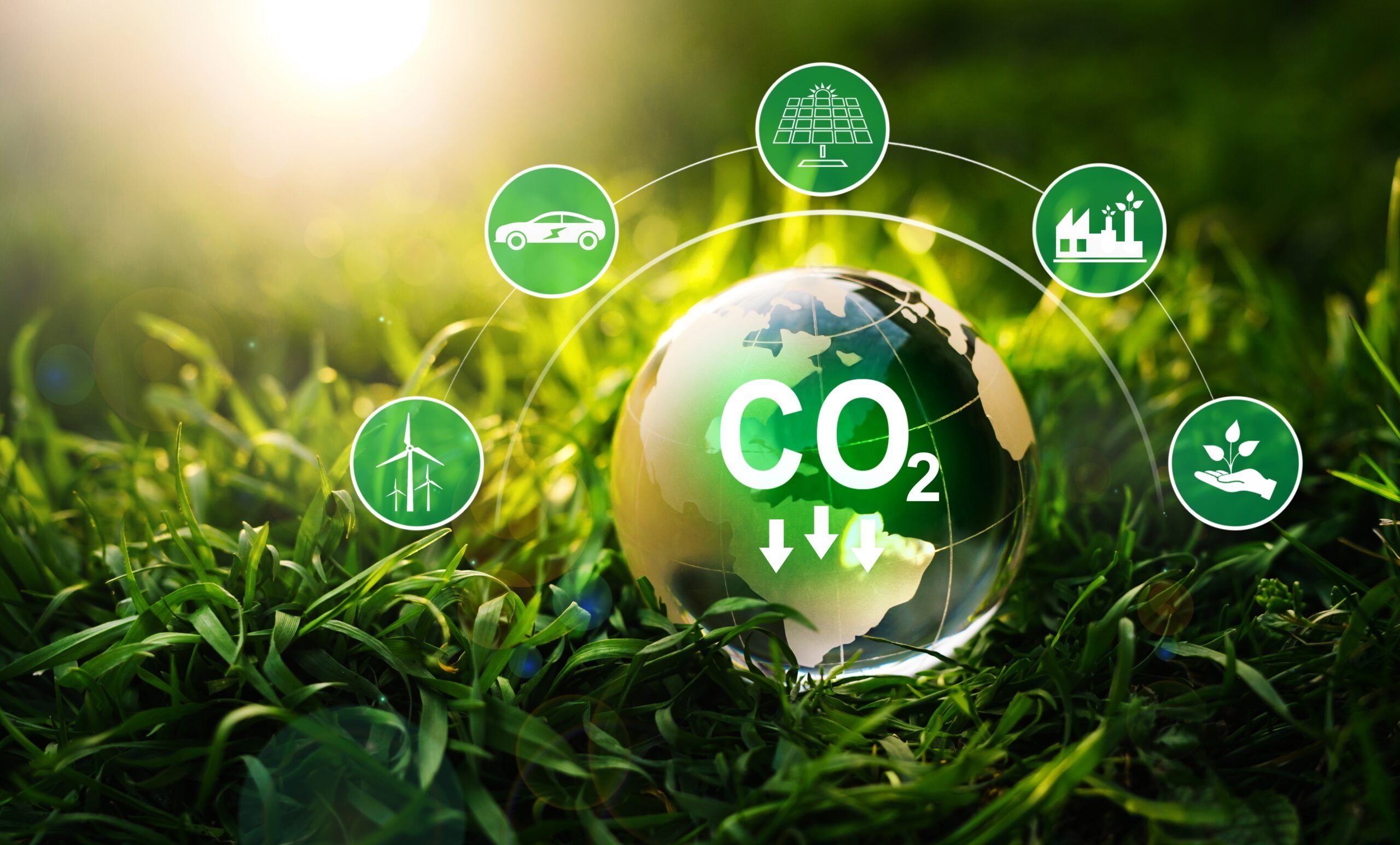Emission reduction with cost impact
With our cost structure analysis, we can also analyse the future emission costs for Scope 3, which have been less transparent to date.
Transparency of issue costs in connection with the economic framework conditions
Costmind provides you with a transparent evaluation of Scope 3 emission costs. Our up-to-date databases and calculation software not only record the CO2 emissions for raw materials, production and logistics, but also take into account the latest political developments that influence your cost structures. We analyse the impact of CBAM, SBTi and the EU ETS certificates to provide you with decision transparency for your strategic supplier selection and investments.

The future corporate strategy must also include the impact of emission costs
The origin of raw materials/semi-finished products, energy sources and suppliers’ countries of origin will significantly influence the costs of your purchased parts and therefore your purchasing strategy in the future.
Costmind simulates the respective component costs on the basis of various scenarios, taking into account the EU emissions directives. With this knowledge, you can optimise your future supplier strategy for various commodities.
Purchased parts (future target costs also include indirect emission costs)
We use our licensed calculation software to determine the CO2 emissions for raw materials and production processes and can therefore show you the current status and potential for optimisation. Political intervention in the market, such as CBAM, SBTi, shortage of EU ETS certificates, etc., is changing the cost situation and thus the earlier framework conditions for supplier decisions. We create transparency for your future decisions through calculation variants.
Green energy (long-term investments)
Certificates and compensation payments should only be seen as short- or medium-term measures. We support you in evaluating alternative green solutions in order to reduce emissions and save costs in the long term.
Secondary materials (reduction of emissions due to raw material consumption)
By simulating different calculation variants of your products, we show you the differences in emissions and costs (primary vs. secondary materials; different countries or regions).
Observance of the waste hierarchy (future adapted user behaviour)
By simulating different calculation variants of your products, we show you the differences in emissions and costs (primary vs. secondary materials; different countries or regions).
Country of origin/supply chain (energy source, distance, political conditions/risks)
New requirements, such as CBAM, the use of green energies, energy-reduced production technologies and the choice of means of transport require new considerations with regard to a sensible supply chain. Our calculation variants create transparency for your future decisions.

Guideposts for reduced raw material consumption
In an environmentally conscious economy, the use of secondary materials is crucial. Costmind supports you by benchmarking different production variants to compare emissions and costs between remanufacturing and traditional production with new materials. We show you the differences in emissions and costs for different countries and regions and advise you on the 4 R’s: Repair, Reuse, Remanufacture and Recycle.
Fields of action: New business areas and sources of income
Exploring new areas of activity such as end-of-life product recycling can not only lead your company into new markets, but also offer the opportunity for cost savings through access to cheaper materials. Costmind shows you various costing options and offers you an independent commercial perspective so that you can make well-founded decisions.

Get to know us in a personal meeting!
We cordially invite you to get to know Costmind and our experts in a personal meeting. Take the opportunity to find out more about our services, discuss your specific requirements and discover how we can help your organisation become more efficient and cost-effective.
Frequently asked questions
Effective measures often combine the use of renewable energies, the improvement of energy efficiency and the optimisation of production processes. In addition, the use of secondary materials and the introduction of recycling processes can not only reduce emissions, but also lead to considerable cost savings.
CO2 pricing, as defined by the EU Emissions Trading Scheme (EU ETS), can change the cost structure due to the need to purchase emission allowances. This motivates companies to invest in low-emission technologies in order to reduce costs in the long term.
Sustainable supply chains minimise energy consumption and the associated emissions through optimised logistics, the use of sustainable materials and the reduction of transport routes. This leads to an improved CO2 balance and can reduce transport costs.
Renewable energies such as solar or wind energy reduce dependence on fossil fuels and their emissions. They offer a long-term, price-stable and environmentally friendly source of energy that can reduce production costs and improve the carbon footprint.
Scope 3 comprises all indirect emissions outside the company along the value chain that are nevertheless associated with its business activities.
- Purchased parts
- Suppliers
- Product life cycle
- Business trips
- End use of the products
- etc.

